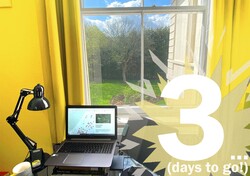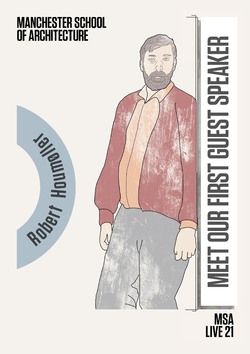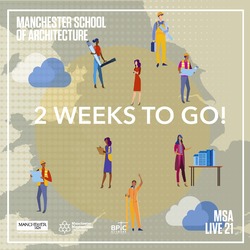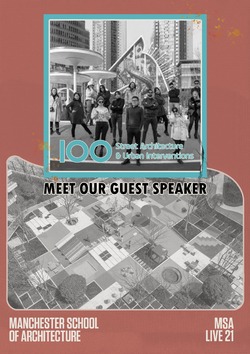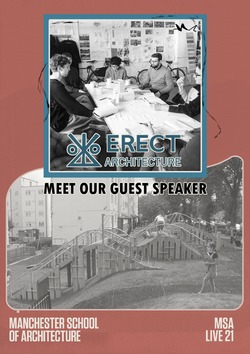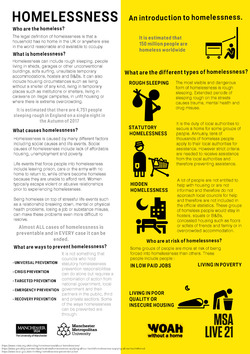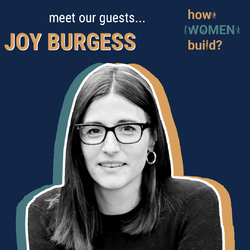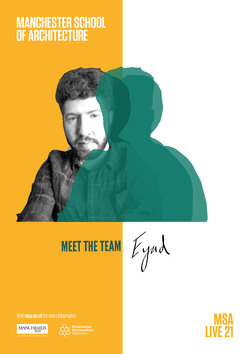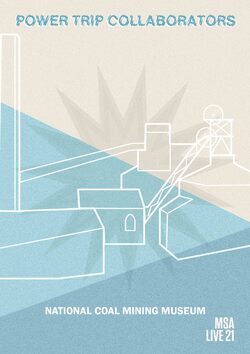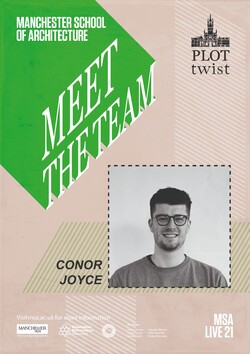The schedule for the first week of MSA Live!
We have a lot of fun sketching activities planned for the week as well as a few workshops with industry professionals!
Keep an eye
We have a lot of fun sketching activities planned for the week as well as a few workshops with industry professionals!
Keep an eye
Posted 8 May 2021 10:18





